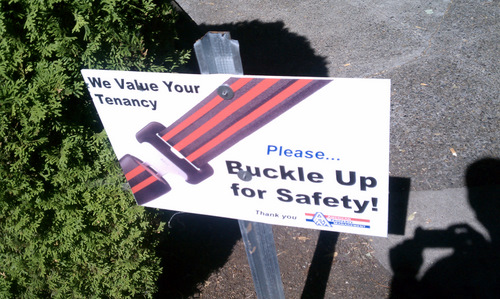One of the phrases you hear in the service industry is “the customer is always right.” I disagree. Without a doubt, there are some customers who are wrong. However, retail businesses need to remember they are in the image business and try to build goodwill with both current and future customers whenever they can. Sometimes they succeed, and other times they fail. Here are a couple examples:
Today, I was sitting in a café that I regularly frequent when a woman walked in the front door and asked the barista, “How much is a cup of water?”
Without hesitating, the barista answered, “It’s seventy-five cents for the cup.”
The woman appeared to be hoping the water would be free, so unsurprisingly, she did not buy it. With a curt “thank you,” she turned and walked out the door. As a frugal consumer myself, I don’t blame her. I would balk at paying that much for a cup of water.
Trying to figure out how annoyed the woman was, I watched her as she returned to the parking lot, where her husband was waiting for her with a stroller (and, I assume, a small child).
From my perspective, the barista should have given the woman a cup of water. A woman walking around the neighborhood with her husband and a stroller likely lives nearby and could turn into a repeat customer. The barista’s response was an example of being “penny wise, pound foolish.” The cost of a cup is insignificant compared to what a loyal customer would spend in the future. However, I doubt the woman comes back anytime soon.
Somewhat ironically, a man came in a few minutes later, pleading for help.
“I know that restrooms are only for customers, but could I please use the bathroom?” he politely begged.
The barista nodded in assent and pointed him to the back of the store. This time, she didn’t figure it was necessary to hold the line on the rules.
The stories illustrate what Seth Godin would call the “scarcity mindset” versus the “abundance mindset.” In the first case, the barista acted as if the cups were scarce and that by giving one away she would hurt the business. She missed an opportunity to help the woman (and maybe create a loyal customer). The second time around, the barista bent the rules to be generous with the customer, even if he did not buy anything. He was careful to thank the barista on the way out, and it appeared he was leaving with a good impression of the café.
Each of the two customers came in asking for essentially the same thing (something for nothing). The barista had the opportunity to build goodwill with both people who came into the cafe, but only did with one. She might think that being successful 50% of the time is good enough, but there are a lot of cafés out there competing for business, and whether or not “customers are always right,” they certainly think they are. Treat them well—your business will prosper.
